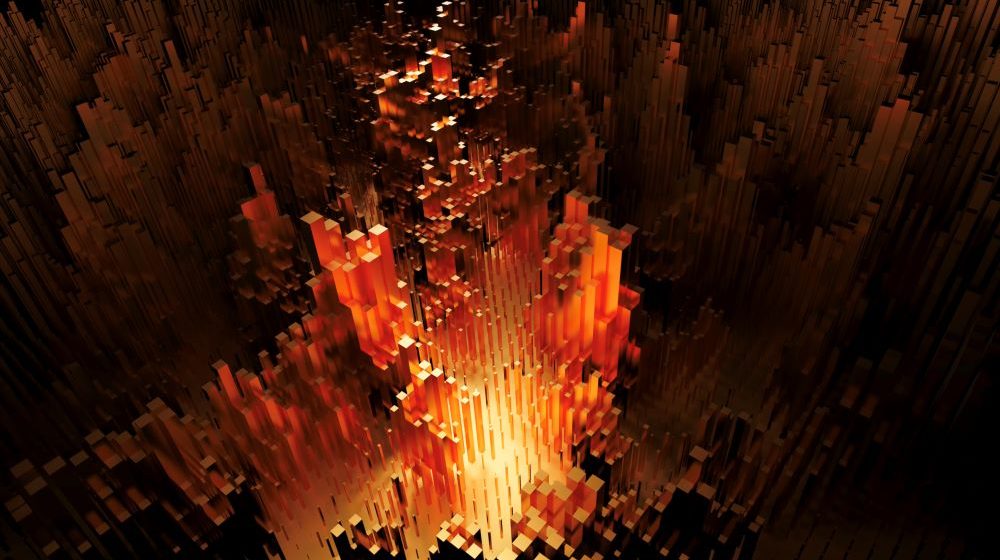If you’re interested in 3D modeling and animation, Blender is a powerful and free software tool that you can use to bring your ideas to life. However, as a beginner, getting started with Blender can be intimidating. That’s why we’ve put together this comprehensive guide to help you get up to speed with Blender 3D.
- Download and Install Blender
Before you can start using Blender, you’ll need to download and install it on your computer. Blender is available for Windows, Mac, and Linux, and you can download it for free from the Blender website. Once you’ve downloaded the software, follow the installation instructions to get it set up on your computer.
- Familiarize Yourself with the Interface
Once you’ve installed Blender, you’ll need to familiarize yourself with the interface. Blender has a lot of features and tools, so it can be overwhelming at first. However, taking some time to explore the interface and learn where everything is will make it much easier to use Blender. - Learn the Basics of 3D Modeling
One of the most important things to learn when using Blender is 3D modeling. 3D modeling is the process of creating a 3D object from scratch. In Blender, you can create 3D models using a variety of tools, such as the mesh tools and sculpting tools. There are many tutorials and resources available online that can help you learn 3D modeling in Blender.
- Experiment with Texturing and Materials
Once you’ve created a 3D model, you’ll want to add textures and materials to make it look more realistic. Blender has a wide range of materials and texture options that you can use to add color, shine, and other effects to your 3D models. Learning how to use these tools will allow you to create more complex and realistic 3D models. - Try Animation and Rendering
Another important feature of Blender is animation. Blender allows you to create animations by animating the movement of 3D objects, characters, and camera angles. You can also render your animations to create high-quality videos or images that you can share with others. Learning how to animate and render in Blender can be a bit more advanced, but there are many tutorials and resources available online that can help you get started. - Join the Blender Community
Finally, joining the Blender community can be a great way to learn more about Blender and get feedback on your work. There are many online forums, blogs, and social media groups dedicated to Blender and 3D modeling, where you can connect with other users and learn from their experiences.
Conclusion
Blender 3D is a powerful and versatile software tool that can be used to create 3D models, animations, and more. While it can be intimidating for beginners, with practice and patience, you can master the basics of Blender and start creating your own 3D models and animations. Follow the steps outlined in this guide, and don’t be afraid to experiment and try new things to see what works best for you.


Leave a Reply